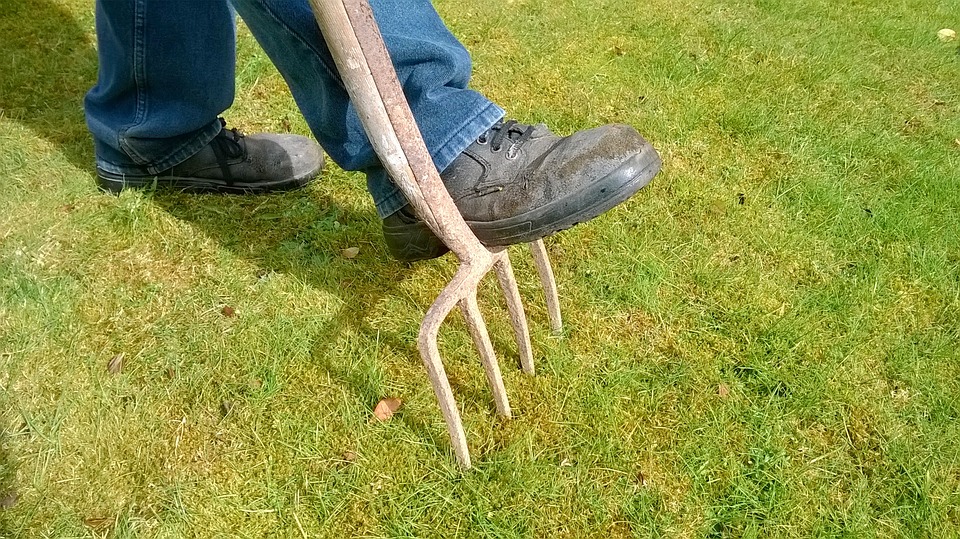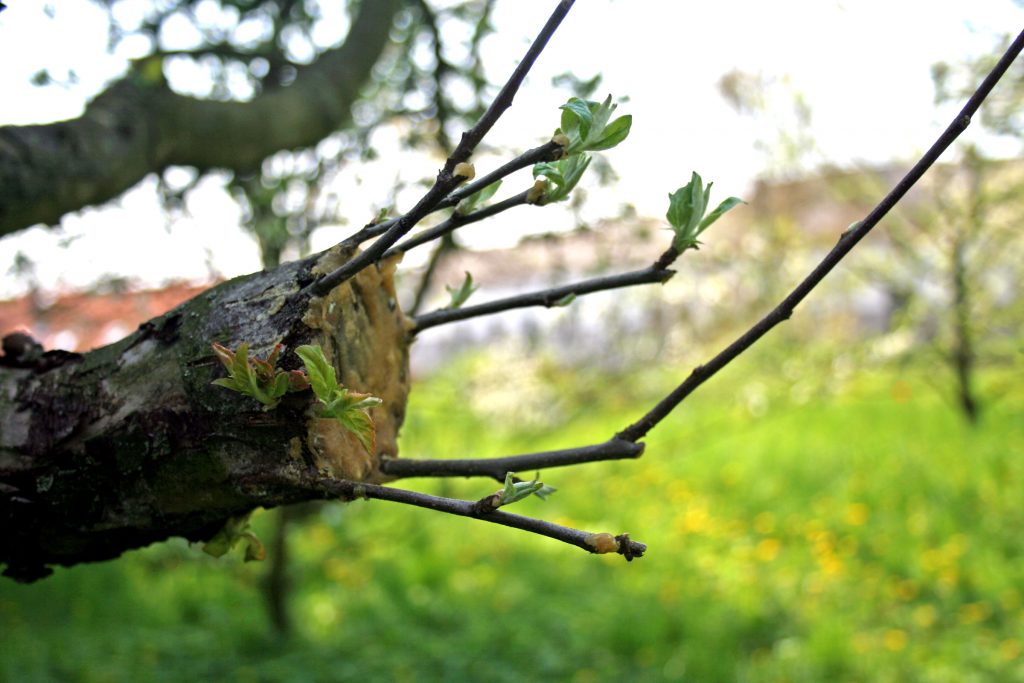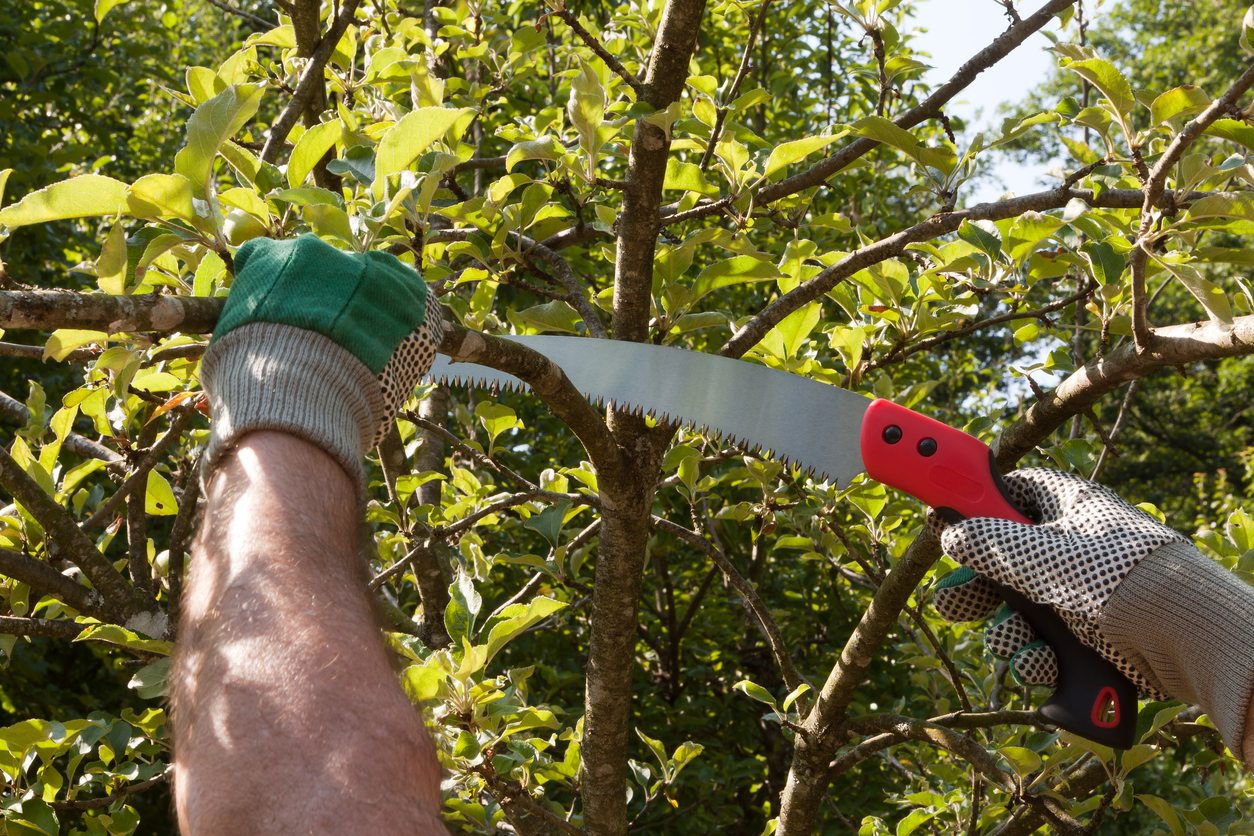4 Steps to Create a Maintenance-Free Garden!
Contents
Step 1: Remove constraints
Step 2: Make an overall plan for the garden
Step 3: Choose plants that are easy to live with
Step 4: Take care of your garden at the start
Even if you don’t want to spend your free time mowing, pruning, weeding and watering, you can create a pleasant garden, large or small. You only need to initially put some thought, budget and care into it. Then your garden can live its life with minimal intervention from you.
Here’s how to create an almost maintenance-free garden.
1. Remove constraints

Remove the lawn
It is perfectly possible to design a garden without a lawn. Replace it with ground cover plants: in the shade or full sun, there are always tapestry perennials which, once installed, require almost no maintenance: sedums, dwarf camomile, aegopodium podagraria and pachysandra sp, ivy…
Note: these ground cover lawns are generally not trampled. To get around, intersperse them with non-vegetated areas: paved or gravelled paths, slate slabs arranged in a checkerboard pattern.
Avoid pruning
Avoid pruned coniferous hedges in the low-maintenance landscape and replace them with country hedges (or hedgerows), which require only sporadic pruning.
Give up the classic rose bushes and adopt a few pruneless and carefree ones (see next step).
Reduce or eliminate watering
Take inspiration from dry gardens that do not require watering after the first year.
Note: by reducing or eliminating watering, you kill two birds with one stone, as fungal diseases are rare in gardens with little or no watering, making treatments unnecessary.
Avoid weeding
To avoid weeding the garden, do not leave bare soil:
Plant relatively tightly.
Plant small tapering perennials (ground cover) between your taller plantings (shrubs, grasses, tall perennials).
At the start of your planting, when the ground cover is not yet working, generously mulch any free space between the plantings.
To avoid weeding paved or gravelled paths and terraces, take care of their design: place geotextile felts underneath to prevent weeds from growing.
2. Draw up an overall
garden plan
It is more important than any other garden to make an overall plan and structure the space to prevent your garden from becoming an impassable jungle.
Focus on trees
Ornamental trees are the centrepiece of a maintenance-free garden. They structure the space, and once they have gotten off to a good start, they hardly require any care.
A corner of your garden will live its own life without any intervention on your part. A grove of conifers, in particular, has the advantage of leaving the ground perfectly clean.
Create non-vegetated areas
In the absence of a lawn, it is charming to have :
Well-established pathways: paved, gravelled paths, etc.
Terraces for eating, reading, etc. Terraces for eating, reading, etc.: traditionally, plan one or more decks next to the house, but also flat areas (paved or gravelled terraces, etc.) elsewhere in the garden, especially if it is significant.
Favour mass effects over meticulous details
Favour mass effects to isolated subjects and meticulously composed flowerbeds. For example, consider :
- a grove of trees ;
- clumps of shrubs or tall grasses;
- one or more “lawns” consisting of a uniform ground cover;
- large colourful patches, each composed of a single species of long-flowering perennial…
3. Select plants that are easy to live with
Choose only trees, shrubs, grasses, and perennials that are not only suited to your climate but also the character of the soil. By consulting your nurseryman, you can examine your soil and select plants that thrive.
Shrubs
Shrubs, preferably with flowers, are the kings of the maintenance-free garden. Once well established, they require no care, apart from a little annual pruning, which many can also do without.
Here is a selection of easy-to-care-for shrubs:
- Spring flowering shrubs: forsythia, lilac, mock oranges, viburnum, Mexican orange, spirea, weigela.
- Summer flowering shrubs resistant to drought: albizia, althea, trumpet vine, buddleia, California lilacs, rockrose (not very hardy), oleander (not very hardy), lavatera shrub.
Grasses
Ornamental perennial grasses require low maintenance, are drought-resistant, decorative in winter and grow back from the stump in spring.
Choose them in large sizes and plant them en masse. Choose, for example, sedges, fescue, alfalfa (Luzula sylvatica Variegata), miscanthus, Pennisetum, stipas…
Bamboos

A hedge or grove of tall bamboos requires no pruning and maintenance and remains perfectly clean, but plant only non-tracking bamboos (Fargesia bamboos).
You can use some dwarf trailing bamboos (Pleioblastus distichus, Pleioblastus fortunei) to create an open (nonwalking), uniformly green area requiring only annual mowing. A root barrier may then be necessary.
Perennials
Annuals cannot be considered in the garden without maintenance: they require attentive care when sowing and must be renewed yearly. So choose well-chosen perennials, selecting those that are easy to live with and drought resistant, for example :
Plants with silver-grey foliage: mugwort (Artemisia ludoviciana Valérie Finnis), myrtle, rosemary, Stachys byzantina.
Flowering perennials: Acanthus Mollis, asters, coreopsis, helianthemum, daylilies, euphorbias, gaura lindheimerii, tree lupine, Oenothera, penstémon, rudbeckias, sanguisorbes, sage, sedums, Solidago Canadensis.
Note: plant flowering perennials en masse, rather tightly together, to form large colourful patches without maintenance, for example, leaning against shrubs.
Maintenance-free roses
Some roses grow everywhere, never get sick and require no care: no treatments, no pruning and practically no watering.
Rosa rugosa: bush rose with white or purple flowers.
Rambler roses (Rosa banksiae lutea, Albéric Barbier, filipes Kiftsgate, Albertine…) are spectacular if you climb them on a large tree.
4. Take care of your garden at the start
Take care when planting plants.
In poorly drained soil (heavy, clayey), incorporate a generous amount of gravel or sand into the planting, e.g. a layer of gravel at the bottom of each planting hole and river sand mixed in with the soil you use to fill the hole.
Form a large watering basin around the newly planted plant and water copiously when planting: 10 litres for a perennial, 20 litres for a shrub, and 30 litres for a tree.
Take care of your plants during the first year.
During the first year after planting, plants are not yet able to survive without care:
Water once a month in winter and regularly in summer: water deeply each time, which will encourage the plants to sink their roots deep into the soil: to do this, add as much water as when you planted them and pour it into the watering bowl.
Weed the first year carefully to avoid competition from weeds during the recovery period.



